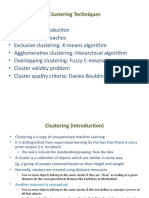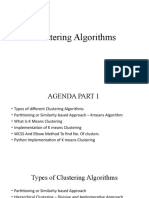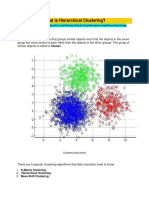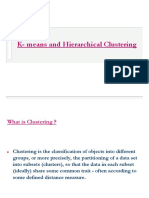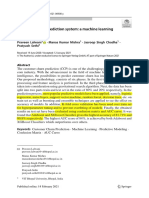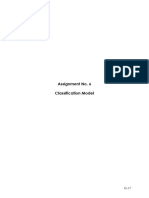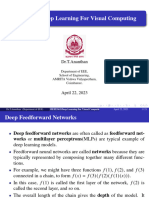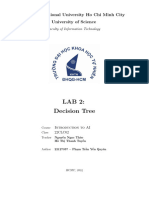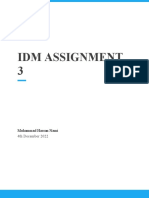0% found this document useful (0 votes)
38 views84 pagesWeek 10
The document provides an overview of clustering techniques in machine learning, focusing on various algorithms such as K-means, hierarchical clustering, BIRCH, CURE, and DBSCAN. It discusses the definitions, applications, advantages, and limitations of each method, including how to choose the number of clusters and evaluate clustering performance. Additionally, it highlights the importance of distance metrics and the challenges posed by large datasets.
Uploaded by
Harshit AroraCopyright
© © All Rights Reserved
We take content rights seriously. If you suspect this is your content, claim it here.
Available Formats
Download as PDF, TXT or read online on Scribd
0% found this document useful (0 votes)
38 views84 pagesWeek 10
The document provides an overview of clustering techniques in machine learning, focusing on various algorithms such as K-means, hierarchical clustering, BIRCH, CURE, and DBSCAN. It discusses the definitions, applications, advantages, and limitations of each method, including how to choose the number of clusters and evaluate clustering performance. Additionally, it highlights the importance of distance metrics and the challenges posed by large datasets.
Uploaded by
Harshit AroraCopyright
© © All Rights Reserved
We take content rights seriously. If you suspect this is your content, claim it here.
Available Formats
Download as PDF, TXT or read online on Scribd
/ 84









